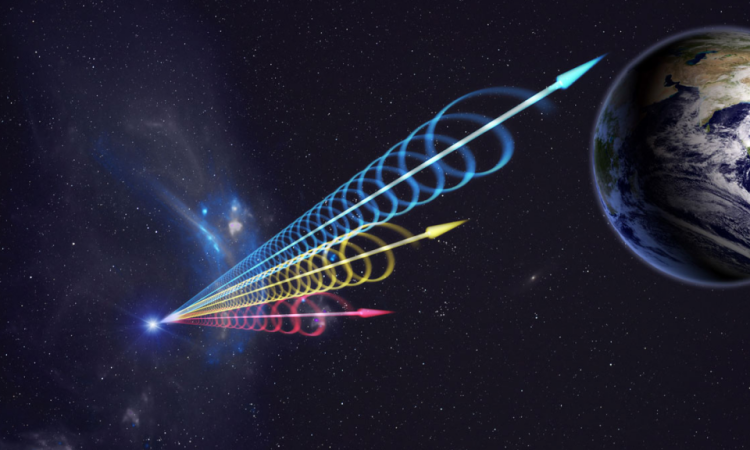
This “fast radio burst” (FRB) is among the most distant ever detected and released the equivalent of our Sun’s entire 30-year output in less than a millisecond
An international team has detected a very distant burst of cosmic waves lasting less than a millisecond. This “fast radio burst” (FRB) is one of the most distant ever detected. Its origin was detected by ESO’s VLT (Very Large Telescope) in a galaxy so distant that its light took eight billion years to reach us. This FRB is also one of the most energetic ever observed: in a tiny fraction of a second it released the equivalent of our Sun’s entire output in 30 years.
Advertisement
FRB 20220610A
The discovery of the explosion, called FRB 20220610A, was made in June last year by the ASKAP radio telescope in Australia and surpassed the previous distance record set by the same group by 50%. The discovery confirms that FRBs can be used to measure the “missing” matter between galaxies, providing a new way to “weigh” the. Current methods of estimating the mass of the Universe give conflicting answers and challenge the standard model of cosmology.
The importance of detection
Finding distant FRBs is critical to accurately measuring the Universe’s missing matter, as demonstrated by Australian astronomer Jean-Pierre (“JP”) Macquart, who died in 2020. The result represents the limit of what is achievable with telescopes today, although astronomers will soon have the tools to detect even older and more distant flashes, locate their sources and measure the missing matter in the Universe. The SKAO (Square Kilometer Array Observatory) organization is currently building two radio telescopes in South Africa and Australia that will be able to find thousands of FRBs, including very distant ones that cannot be detected with current instruments. ESO’s Extremely Large Telescope (ELT), a 39-metre telescope under construction in Chile’s Atacama Desert, will be one of the few telescopes capable of studying galaxies where flashes originate even further away than FRB 20220610A.
Read more:
Immagine di copertina credit Jingchuan Yu / Beijing Planetarium

